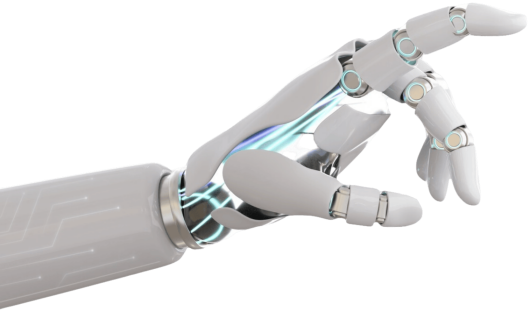
Photo-Voltaic (PV) panels, whose maximal point is called the Maximum Power Point (MPP), provide extracted electrical power. In order to effectively exploit the PV System (PVS), they must be operated within the limits of this point. Later, it depends on the impedance of the connected load and on the Characteristic Impedance of the PV (CIPV) panel that varies with different climatic conditions. In a well-matched system, the load impedance is close to the CIPV and it operates normally at the MPP (via direct connection). Otherwise, coupling is fairly poor. The load impedance is different from the CIPV and, therefore, it requires the inclusion of MPP Tracking (MPPT) and a DC/DC converter as an adaptive load. In this paper, a new MPPT method based on CIPV matching is proposed. The algorithm structure is simple and easy to implement. This study focuses on how the PVS, tested and evaluated under varying load and climatic conditions, operates with the proposed MPPT controller. The present approach is characterized by a stable oscillation, with a slight fluctuation around the MPP. The controller integrates a variable step-size control and provides a rapid and precise convergence to the MPP. The simulation and experimental results prove the efficiency of the proposed method.
PVS, DC/DC boost converter, CIPV, Load impedance, MPPT, Stateflow®, PWM.
Mohamed BOUSSAADA, Riadh ABDELATI, Hajer LAHDHIRI, Hedi YAHIA, "PV Characterization and MPPT Based on Characteristic Impedance Using Arduino Board and MATLAB Interface", Studies in Informatics and Control, ISSN 1220-1766, vol. 32(1), pp. 91-100, 2023. https://doi.org/10.24846/v32i1y202309